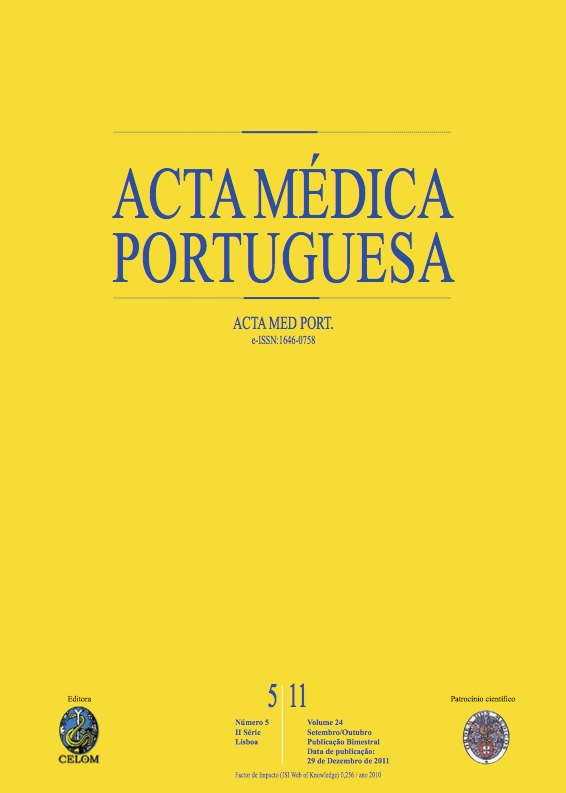Club drugs.
DOI:
https://doi.org/10.20344/amp.512Abstract
Club drugs are the following substances: Methylenedioxymethamphetamine (MDMA); Methamphetamine; Lysergic Acid Diethylamide (LSD); Ketamine; Gamma-hydroxybutyrate (GHB) and Flunitrazepam. These substances are mainly used by adolescents and young adults, mostly in recreational settings like dance clubs and rave parties. These drugs have diverse psychotropic effects, are associated with several degrees of toxicity, dependence and long term adverse effects. Some have been used for several decades, while others are relatively recent substances of abuse. They have distinct pharmacodynamic and pharmacokinetic properties, are not easy to detect and, many times, the use of club drugs is under diagnosed. Although the use of these drugs is increasingly common, few health professionals feel comfortable with the diagnosis and treatment. The authors performed a systematic literature review, with the goal of synthesising the existing knowledge about club drugs, namely epidemiology, mechanism of action, detection, adverse reactions and treatment. The purpose of this article is creating in Portuguese language a knowledge data base on club drugs, that health professionals of various specialties can use as a reference when dealing with individual with this kind of drug abuse.Downloads
Downloads
How to Cite
Issue
Section
License
All the articles published in the AMP are open access and comply with the requirements of funding agencies or academic institutions. The AMP is governed by the terms of the Creative Commons ‘Attribution – Non-Commercial Use - (CC-BY-NC)’ license, regarding the use by third parties.
It is the author’s responsibility to obtain approval for the reproduction of figures, tables, etc. from other publications.
Upon acceptance of an article for publication, the authors will be asked to complete the ICMJE “Copyright Liability and Copyright Sharing Statement “(http://www.actamedicaportuguesa.com/info/AMP-NormasPublicacao.pdf) and the “Declaration of Potential Conflicts of Interest” (http:// www.icmje.org/conflicts-of-interest). An e-mail will be sent to the corresponding author to acknowledge receipt of the manuscript.
After publication, the authors are authorised to make their articles available in repositories of their institutions of origin, as long as they always mention where they were published and according to the Creative Commons license.









